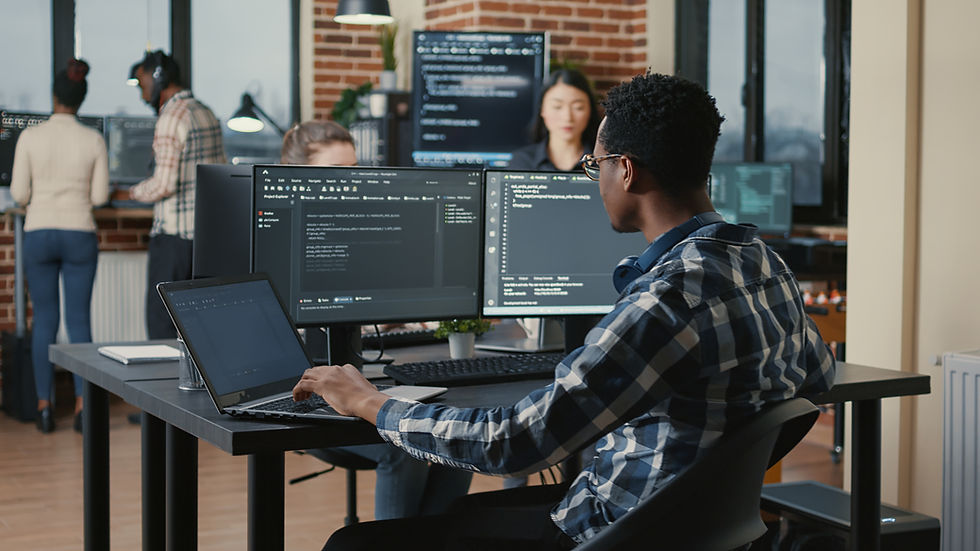How to Spot Fake Photos and Videos Online: A Simple Guide
- mmasayon
- Mar 27, 2024
- 3 min read
Updated: Jul 16, 2024
Hey there, digital explorers!
Have you ever wondered if that viral photo or video you saw online is real or not? It can be tricky to tell nowadays, especially with the rise of fancy AI technology. But fear not! We're here to help you navigate the digital jungle and spot those sneaky fakes. Let's dive in!
Featured Article: "One Tech Tip: How to spot AI-generated deepfake images"
1. Be Mindful of the Source: Always check the original source. If it’s from an anonymous or disreputable account, be wary.
2. Watch Out for Perfection: Have you ever seen a photo where everyone looks like they just stepped out of a magazine? That might be a sign it's been touched up by AI. Keep an eye out for pictures that seem too perfect or have strangely flawless details.
3. Shadow Play: Lighting is crucial in photography, and sometimes fake images forget that. Look for inconsistencies in shadows and lighting that don't quite match up with what you'd expect in real life.
4. Face Facts: Faces are a common target for AI manipulation. Watch out for anything weird around the edges of the face or if the skin color doesn't look quite right. Real people usually move their eyes smoothly, but deepfakes might make them move strangely or jerkily. Also, pay attention to the expressions - if they don't match the feelings of what's being said or seem out of place, it could be a deepfake.
5. Audio-Video Mismatch: If you notice that the audio doesn't match the movements of the lips in the video, or if the voice sounds different from the person's usual tone, pitch, or accent, there's a good chance it's a deepfake.
6. Look for Glitches: Real videos usually don't have visual glitches or mistakes. Look for isolated blurry spots in the video, double edges to the face, or changes in video quality. If you spot any, it's a red flag.
7. Blockchain Verification: Some platforms are starting to use blockchain to verify the authenticity of videos and images.
8. Digital Watermarking: This can be used to ensure the content hasn’t been altered from its original form.
9. Trust Your Instincts: Sometimes, your gut feeling is your best detective. If a photo or video seems too good (or too ridiculous) to be true, take a moment to think it over. Does it fit with what you know about the person or situation?
10. Use AI for Good: Believe it or not, AI can help us spot AI-generated fakes! Tools like Microsoft's authenticator can analyze images and videos to give us a confidence score on their authenticity.
Also read: "OpenAI & Meta vs. Misinformation!"
But remember, while these tools can be helpful, they're not foolproof. It's still essential to trust your instincts and do a bit of detective work when you encounter suspicious content online.
So, next time you come across a questionable photo or video, don't panic! Armed with these simple tips, you'll be better equipped to separate fact from fiction in the digital world.
Have you ever believed a fake photo or video online? Don't worry, it happens! Subscribe now for more tips on spotting fakes and making the internet safer. And if you found this helpful, share it with your friends! Let's work together to make the online world a better place.






Comments